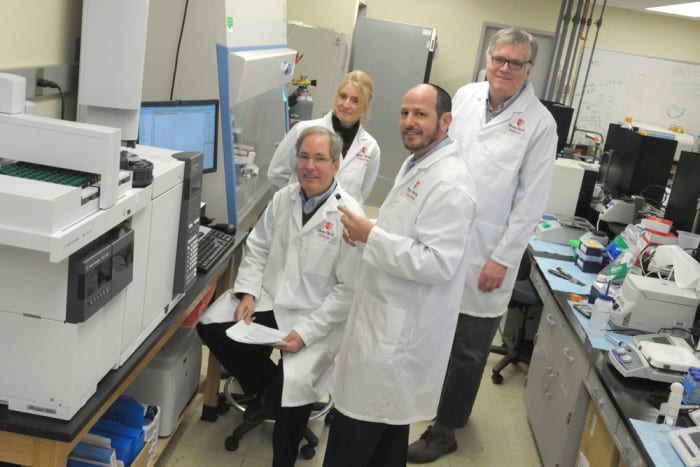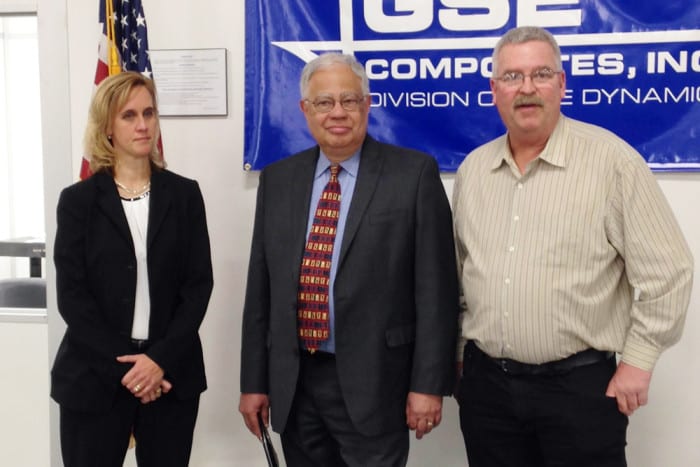By David Dunaief
Chronic kidney disease is much more common than you think. Those at highest risk for CKD include patients with diabetes, hypertension (high blood pressure) and those with first degree relatives who have advanced disease. But those are only the ones at highest risk. This brings me to my first question.
Why is CKD a tricky disease?
Unfortunately, similar to high blood pressure and dyslipidemia (high cholesterol), the disease tends to be asymptomatic, at least initially. Only in the advanced stages do symptoms become distinct, though there can be vague symptoms such as fatigue, malaise and loss of appetite in moderate stages.
What are the stages?
CKD is classified into five stages based on the estimated glomerular filtration rate (eGFR), a way to determine kidney function. Stages 1 and 2 are the early stages, while stages 3a and 3b are the moderate stages, and finally stages 4 and 5 are the advanced stages. This demarcation is based on an eGFR of >60 ml/min for early, 30-59 ml/min for moderate and <30 ml/min for advanced. Stage 5 is end-stage kidney disease or failure.
Why is CKD important?
The prevalence of the disease is predicted to grow by leaps and bounds in the next 15 years. Presently, approximately 13 percent of those over age 30 in the U.S. population are affected by CKD. In a new simulation model, it is expected to reach 16.7 percent prevalence in the year 2030. Currently, those who are ages 30 to 49 have a 54 percent chance of having CKD in their lifetimes; those 50 to 64 years of age, a slightly lower risk of 52 percent; and those 65 years and older, a 42 percent risk (1). Thus, a broad spectrum of people are affected. Another study’s results corroborate these numbers, suggesting almost a 60 percent lifetime risk of at least moderate stage 3a to advanced stage 5 CKD (2). If these numbers are correct, they are impressive, and the disease needs to be addressed. We need to take precautions to prevent the disease and its progression.
Who should be screened?
According to the U.S. Preventive Services Task Force, screening for CKD may not be warranted in the asymptomatic “healthy” population (3). This means people without chronic diseases. The studies are inconclusive in terms of benefits and harms. In order to qualify as CKD, there has to be a minimum of three months of decreased kidney function. This appears to be a paradox: remember, CKD is asymptomatic generally until the advanced stages. However, there are a number of caveats in the report.
Those who are at highest risk should be screened, including, as I mentioned above, patients with diabetes or hypertension. In an interview on www.Medscape.com entitled “Proteinuria: A Cheaper and Better Cholesterol?” two high-ranking nephrologists suggest that first-degree relatives to advanced CKD patients should also be screened and that those with vague symptoms of fatigue, malaise and/or decreased appetite may also be potential candidates (4). This broadens the asymptomatic population that may benefit from screening.
The fix!
Fortunately, there are several options available, ranging from preventing CKD with specific exercise to slowing the progression with lifestyle changes and medications.
Why exercise?
Here we go again, preaching the benefits of exercise. But what if you don’t really like exercise? It turns out that the results of a study show that walking reduces the risk of death and the need for dialysis by 33 percent and 21 percent respectively (5). And although some don’t like formal exercise programs, most people agree that walking is enticing.
The most prevalent form of exercise in this study was walking. The results are even more intriguing; they are based on a dose-response curve. In other words, those who walk more often see greater results. So, the participants who walked one-to-two times per week had a significant 17 percent reduction in death and a 19 percent reduction in kidney replacement therapy, whereas those who walked at least seven times per week experienced a more impressive 59 percent reduction in death and a 44 percent reduction in the risk of dialysis. Those who were in between saw a graded response. There were 6,363 participants for an average duration of 1.3 years.
Protein is important! Right?
Yes, protein is important for tissue and muscle health. But when it comes to CKD, more is not necessarily better, and may even be harmful. In a meta-analysis (a group of 10 randomized controlled trials, the gold standard of studies), results showed that the risk of death or treatment with dialysis or kidney transplant was reduced by 32 percent in those who consumed less protein compared to unrestricted protein (6). This meta-analysis used the Cochrane database to search for studies.
According to the authors, as few as two patients would need to be treated for a year in order to prevent one from either dying or reaching the need for dialysis or transplant. Unfortunately, the specific quantity of protein consumption that is ideal in CKD patients could not be ascertained since the study was a meta-analysis.
Sodium: How much?
The debate roils on: how much do we need to reduce sodium in order to see an effect? Well, the good news is that in a recent study, results showed that a modest sodium reduction in our diet may be sufficient to help prevent proteinuria (protein in the urine) (7). Different guidelines recommend sodium intake ranging from fewer than 1500 mg to 2300 mg daily. This particular study says that less than 2000 mg is beneficial, something all of us can achieve.
Of course medications have a place
We routinely give certain medications, ACE inhibitors or ARBs, to patients who have diabetes to protect their kidneys. What about patients who do not have diabetes? ACEs and ARBs are two classes of anti-hypertensives — high blood pressure medications — that work on the RAAS system of the kidneys, responsible for blood pressure and water balance (8). Results of a recent study show that these medications reduced the risk of death significantly in patients with moderate CKD. Most of the patients were considered hypertensive.
However, there was a high discontinuation rate among those taking the medication. If you include the discontinuations and regard them as failures, then all who participated showed a 19 percent reduction in risk of death, which was significant. However, if you exclude discontinuations, the results are much more robust with a 63 percent reduction. To get a more realistic picture, the intention-to-treat result (those that include both participants and drop outs) is probably the response that will occur in clinical practice unless the physician is a really good motivator or has very highly motivated patients.
While these two classes of medications, ACE inhibitors and ARBs, are good potential options for protecting the kidneys, they are not the only options. You don’t necessarily have to rely on drug therapies, and there is no downside to lifestyle modifications. Lowering sodium modestly, walking frequently, and lowering your protein consumption may all be viable options, with or without medication, since medication compliance was woeful. Screening for asymptomatic, moderate CKD may lack conclusive studies, but screening should occur in high-risk patients and possibly be on the radar for those with vague symptoms of lethargy as well as aches and pains. Of course, this is a discussion to have with your physician.
REFERENCES:
(1) Am J Kidney Dis. 2015;65(3):403-11. (2) Am J Kidney Dis. 2013;62(2):245-52. (3) Ann Int. Med. 2012;157(8):567-570. (4) www.Medscape.com. (5) Clin J Am Soc Nephrol. 2014;9(7):1183-9. (6) Cochrane Database Syst Rev. 2009;(3):CD001892. (7) Curr Opin Nephrol Hypertens. 2014;23(6):533-540. (8) J Am Coll Cardiol. 2014;63(7):650-658.
Dr. Dunaief is a speaker, author and local lifestyle medicine physician focusing on the integration of medicine, nutrition, fitness and stress management. For further information, go to the website www.medicalcompassmd.com and/or consult your personal physician.













